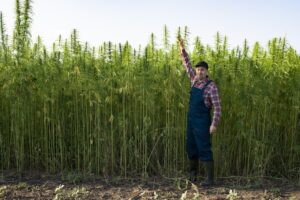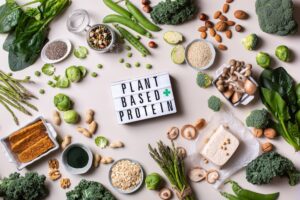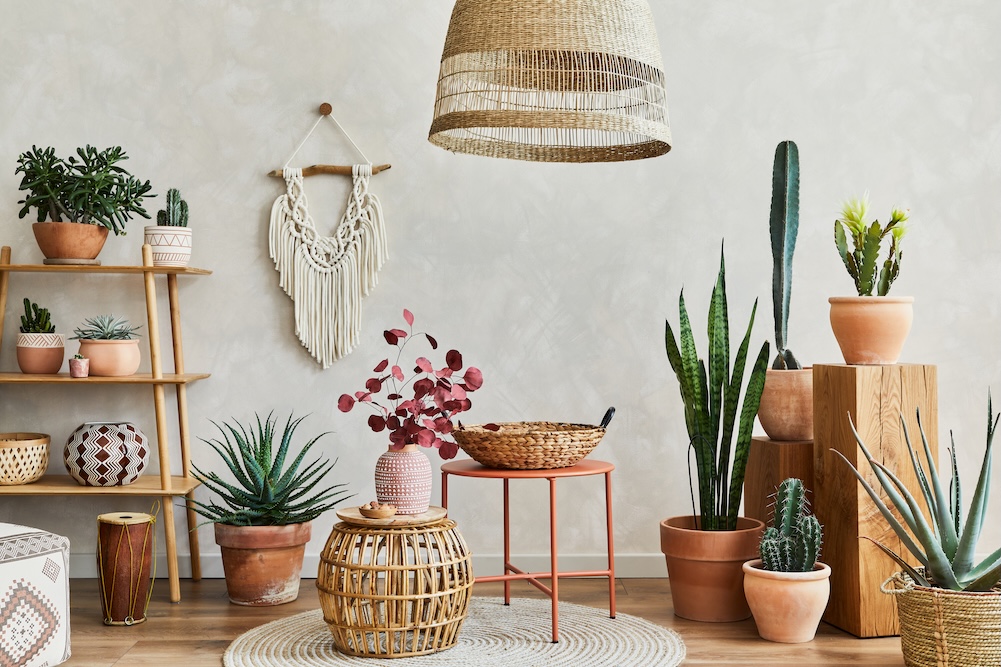The fashion and manufacturing industries are undergoing a transformation. For decades, synthetic fabrics and leather dominated, fueling fast fashion and throwaway culture. Today, plant-based materials — from bamboo and hemp to cactus leather — are proving that design can be both stylish and sustainable.
This shift is more than a trend: it’s a step toward a circular economy, where materials are renewable, reusable, and biodegradable. Let’s explore how plants are reshaping the future of fashion and manufacturing, the advantages and challenges, and what comes next.
Types of Plant-Based Materials in Fashion and Manufacturing
Bamboo
Bamboo is one of the most widely embraced eco-friendly fibers. It’s fast-growing, renewable, and requires little water or chemicals. Naturally antibacterial and moisture-wicking, bamboo makes excellent activewear, bedding, and towels.
Brands like Boody and Cariloha showcase how bamboo can replace resource-intensive cotton and polyester, proving that comfort and sustainability can coexist.
Hemp
Hemp is among the oldest cultivated fibers, prized for its strength and durability. Unlike cotton, it thrives with little water and without pesticides. Hemp is now appearing in everything from backpacks to denim, and even building materials.
Companies like Patagonia and HoodLamb highlight hemp’s versatility — rugged enough for outerwear, yet soft enough for everyday basics.
Cactus
Cactus leather, made from the prickly pear, is a rising star in sustainable fashion. It offers a biodegradable, vegan alternative to animal leather while requiring far less water and land.
Brands such as Desserto and Mexchic are turning cactus into stylish handbags, shoes, and even furniture, demonstrating how innovation can replace one of the fashion industry’s most resource-intensive materials.
Other Plant-Based Options
Eucalyptus, nettle, kenaf, and soy-based textiles are also entering the market, each offering unique benefits and challenges. Together, these fibers create new possibilities for sustainable design and circular fashion.
Advantages of Plant-Based Materials
- Environmental benefits: Lower water use, fewer chemicals, and biodegradability make these fibers far gentler on ecosystems compared to synthetics and leather.
- Social benefits: Supporting local farmers and communities, reducing dependence on exploitative supply chains, and fostering fairer economies.
- Circular design potential: Plant-based textiles are often compostable, feeding back into the earth instead of contributing to landfill waste.
Challenges to Overcome
- Scaling up: Many innovations are still niche, struggling to compete with the scale of fast fashion.
- Quality consistency: Variability in plant crops and processing methods can affect fabric performance.
- Accessibility and cost: Some plant-based options remain more expensive than mass-produced synthetics, limiting consumer access.
Despite these barriers, innovation is accelerating — and consumer demand for sustainable alternatives is pushing the industry forward.
Fashion’s Throwaway Culture: Why Plants Matter
Globally, the fashion industry generates 92 million tons of textile waste every year — most of it synthetic, non-biodegradable, and incinerated or dumped in landfills. Plant-based textiles challenge this throwaway cycle by introducing fabrics that return safely to the earth or can be repurposed through reuse, resale, and repair models.
From clothing swaps and thrift stores to brand-led take-back programs, plant-based textiles pair naturally with circular systems. They keep clothing in circulation longer and reduce the reliance on virgin resources.
The Future of Plant-Based Fashion and Manufacturing
Governments and organizations are increasingly supporting sustainable production, while research continues to unlock new possibilities: think seaweed-based fabrics, mushroom leather, and crop-waste textiles.
The future isn’t just about discovering new fibers — it’s about embedding them into a circular, regenerative fashion system that rejects overproduction and embraces durability, repair, and reuse.
Final Thoughts
Plant-based textiles are more than eco-friendly alternatives — they represent a fundamental rethink of how fashion and manufacturing interact with the planet. From bamboo to cactus, these fibers cut resource use, support local economies, and reduce waste.
Every small choice — whether buying hemp denim, swapping fast fashion for thrifted cactus leather, or supporting a bamboo basics brand — creates ripples that grow into waves. Together, those ripples challenge throwaway culture and move us closer to a sustainable, circular future.









Reader Interactions